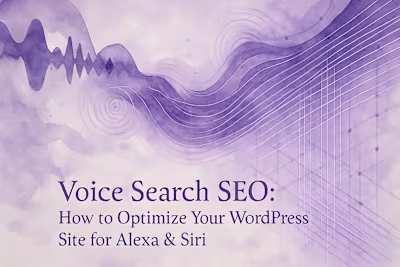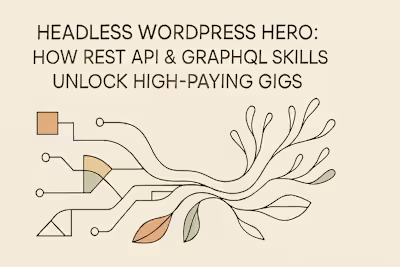Headless WordPress Explained: Should You Decouple Your Site in 2025?

Headless WordPress Explained: Should You Decouple Your Site in 2025?
What is Headless WordPress?
Traditional vs. Headless Architecture
The Role of APIs (REST & GraphQL)
The Pros: Why Go Headless?
Unmatched Performance and Speed
Total Frontend Flexibility
Enhanced Security
Omnichannel Content Delivery
The Cons: When to Be Cautious
Increased Development Complexity
Loss of Theme and Plugin Functionality
Higher Costs and Maintenance
Who Should Use Headless WordPress?
Large-Scale Publishers and Media Sites
E-commerce Stores Needing a Custom UX
Projects Requiring Integration with Other Apps
Making the Decision
References
Headless WordPress Explained: Should You Decouple Your Site in 2025?
What is Headless WordPress?
Traditional vs. Headless Architecture
The Role of APIs (REST & GraphQL)
The Pros: Why Go Headless?
Unmatched Performance and Speed
Total Frontend Flexibility
Enhanced Security
Omnichannel Content Delivery
The Cons: When to Be Cautious
Increased Development Complexity
Loss of Theme and Plugin Functionality
Higher Costs and Maintenance
Who Should Use Headless WordPress?
Large-Scale Publishers and Media Sites
E-commerce Stores Needing a Custom UX
Projects Requiring Integration with Other Apps
Making the Decision
References
Posted Jul 6, 2025
What is Headless WordPress? Explore the pros, cons, and use cases of a decoupled architecture. Learn if going headless is the right move for your website's future.










